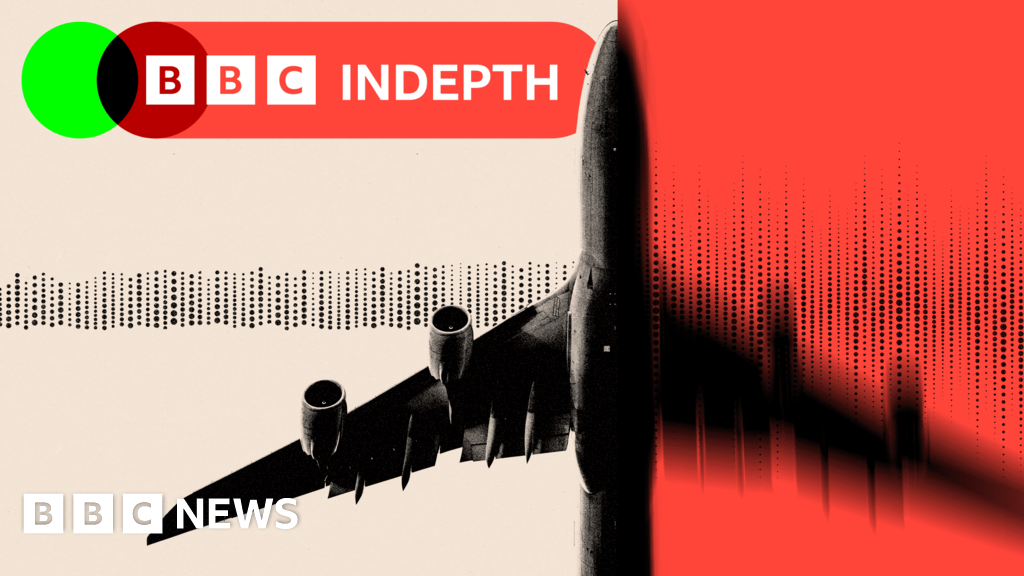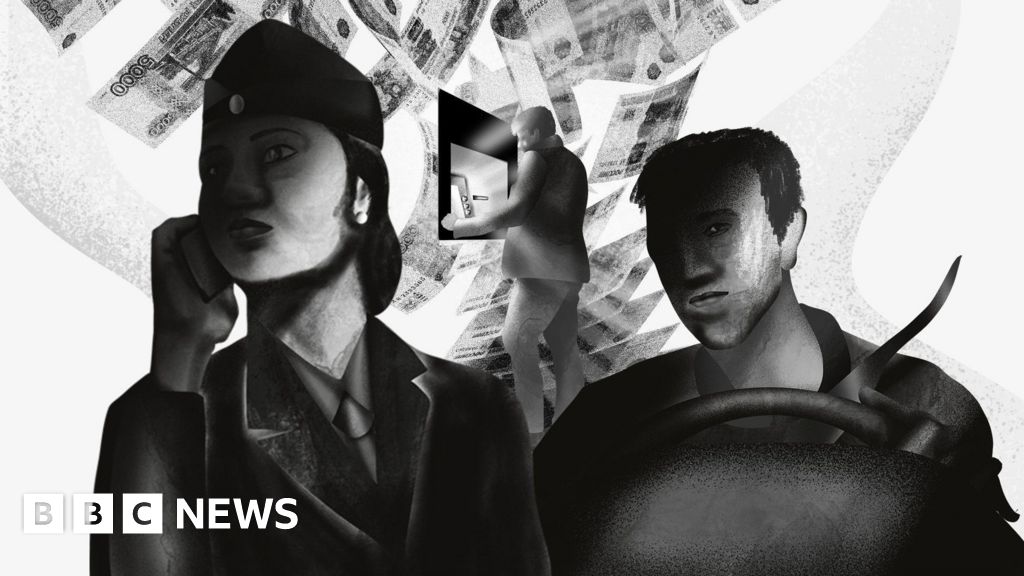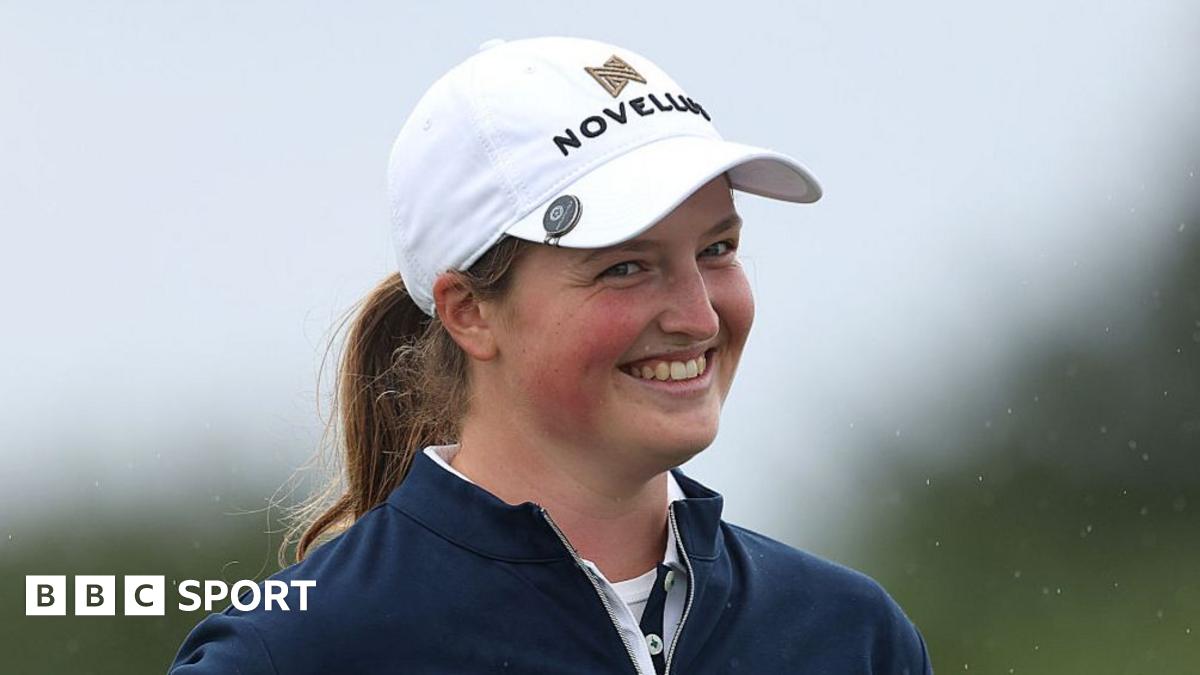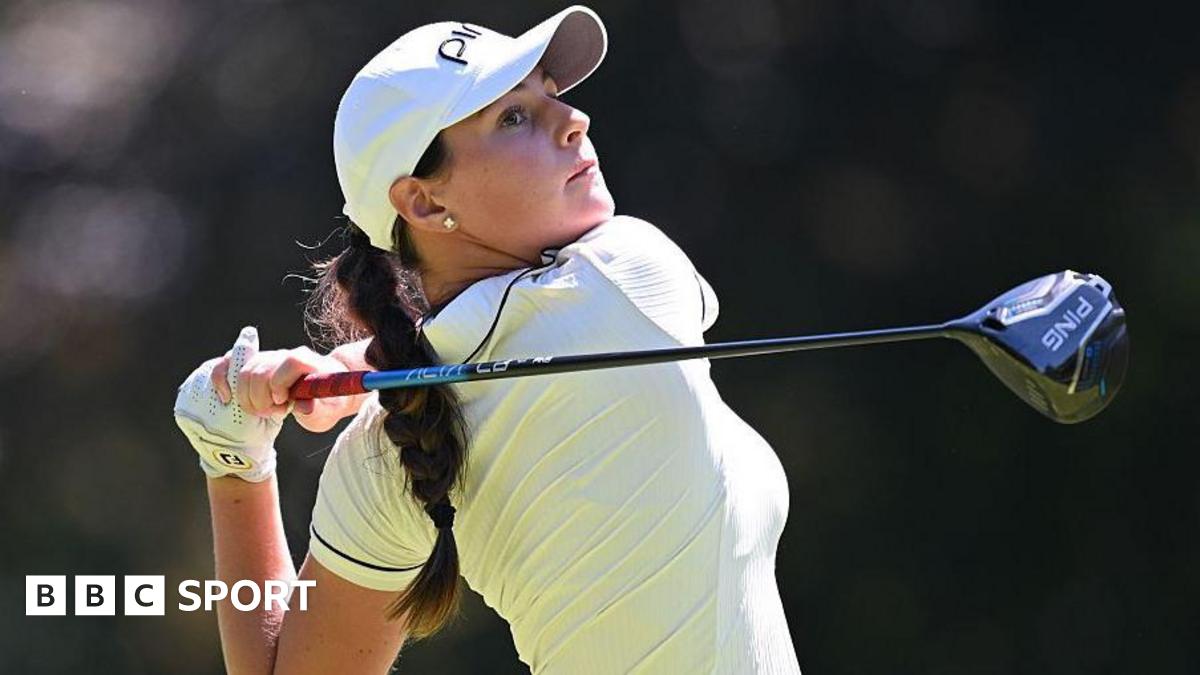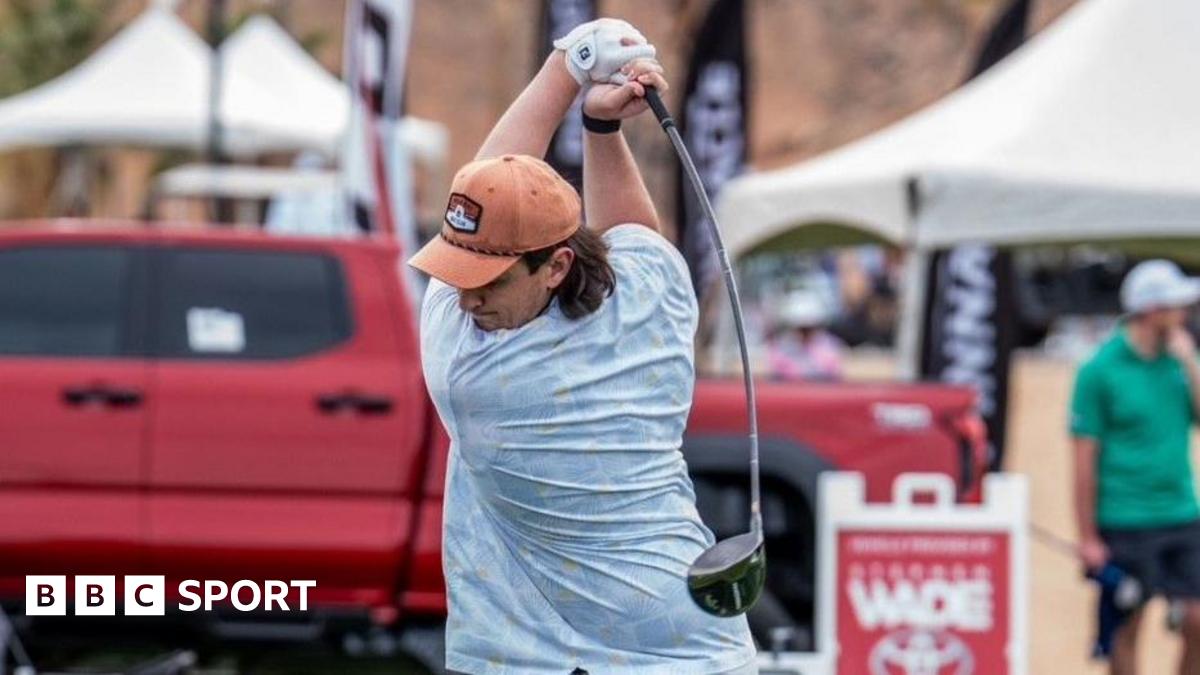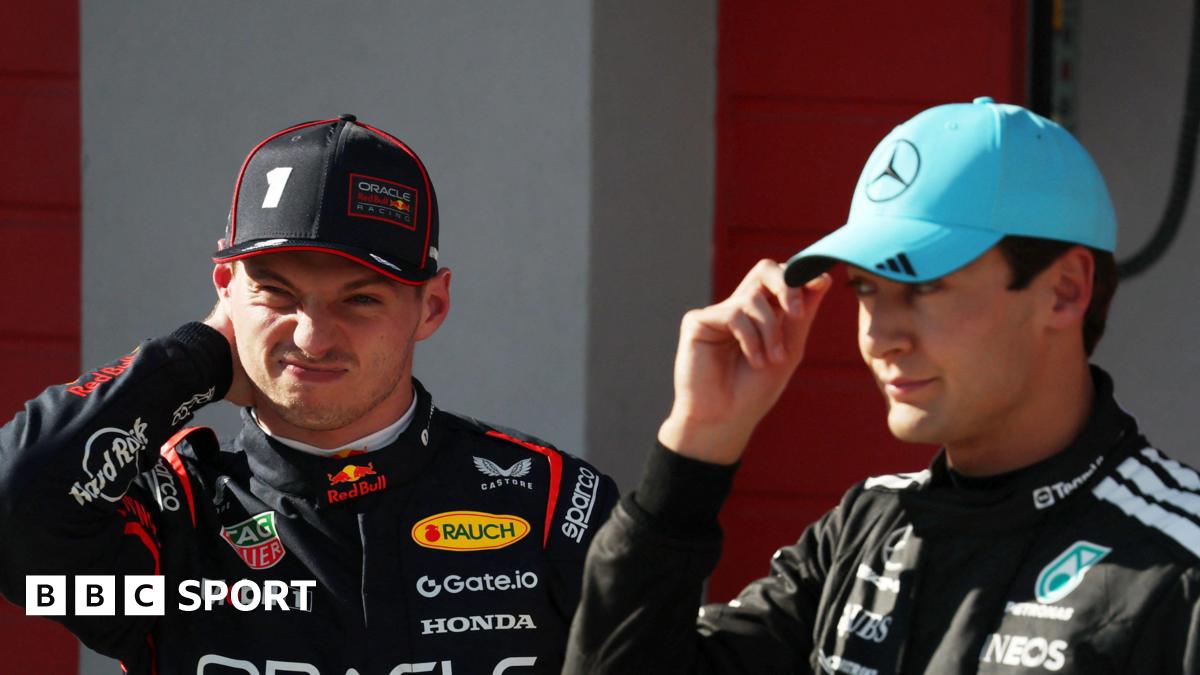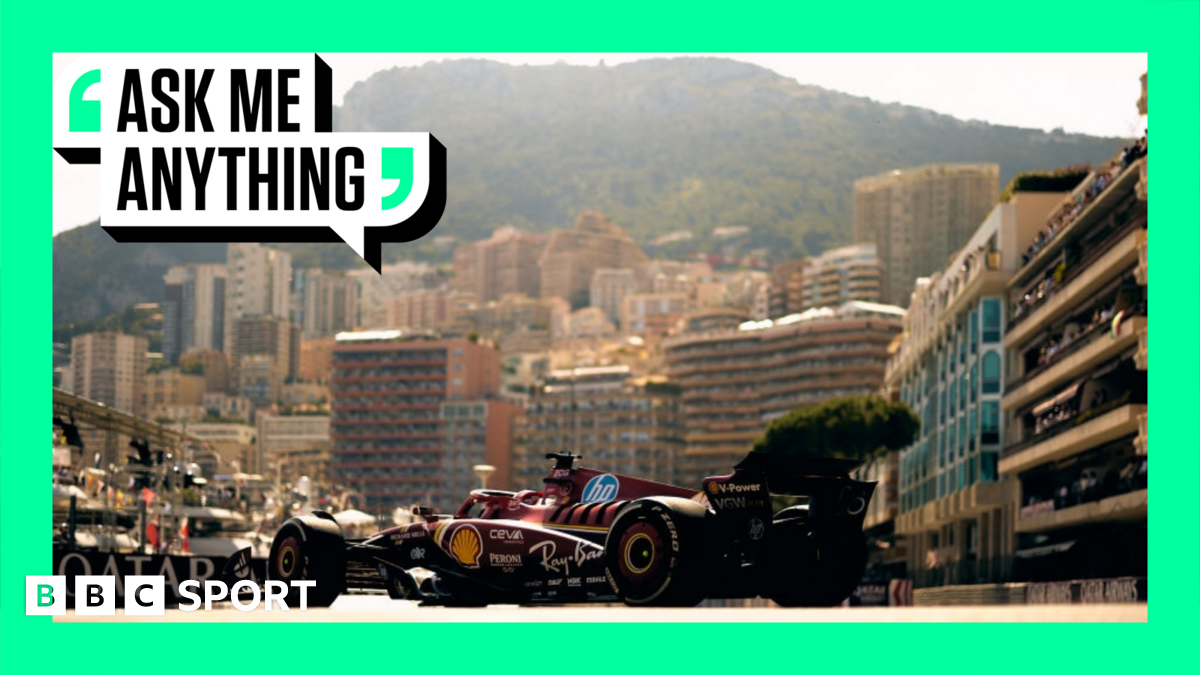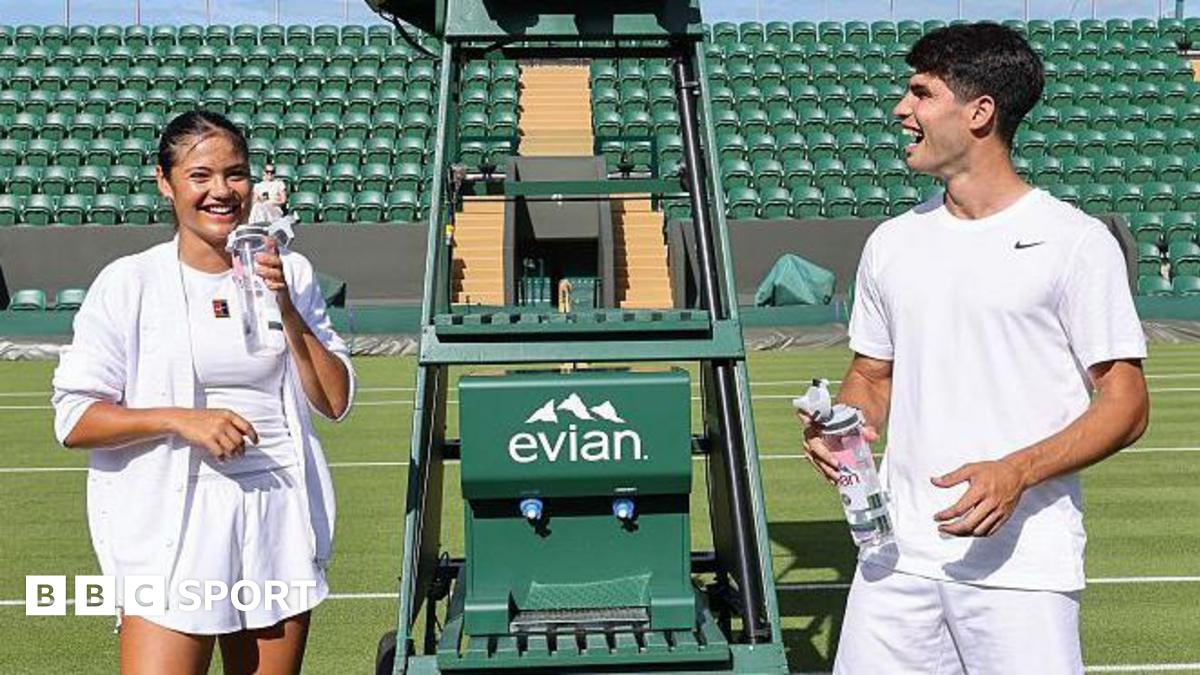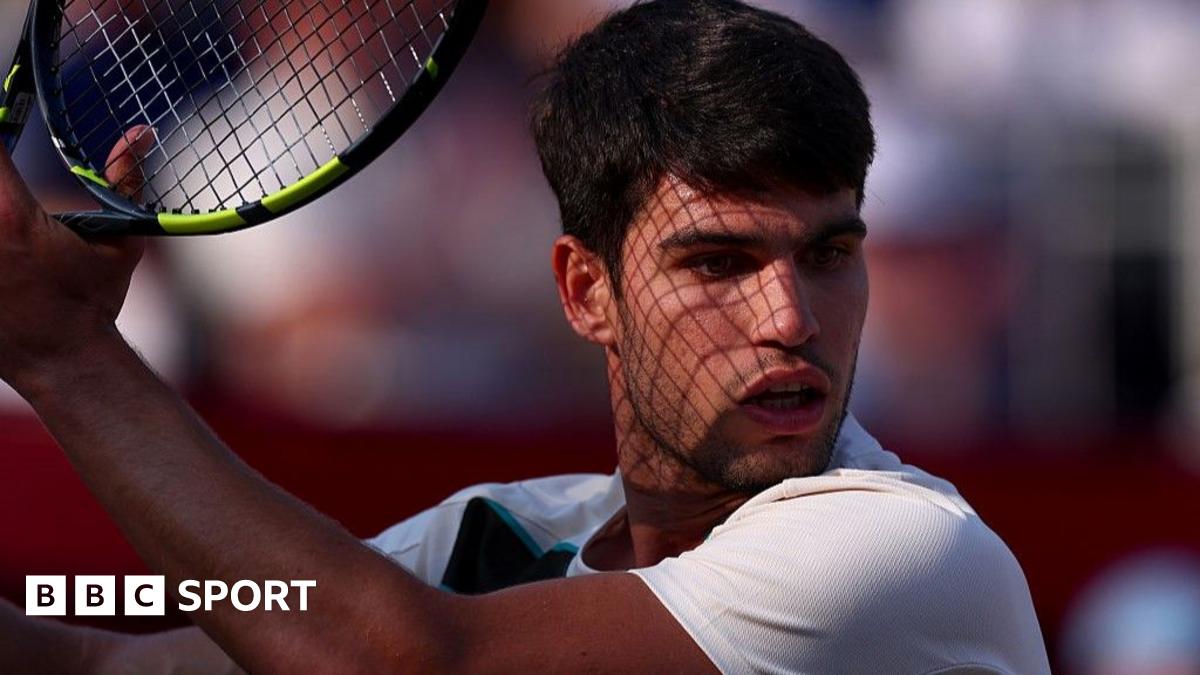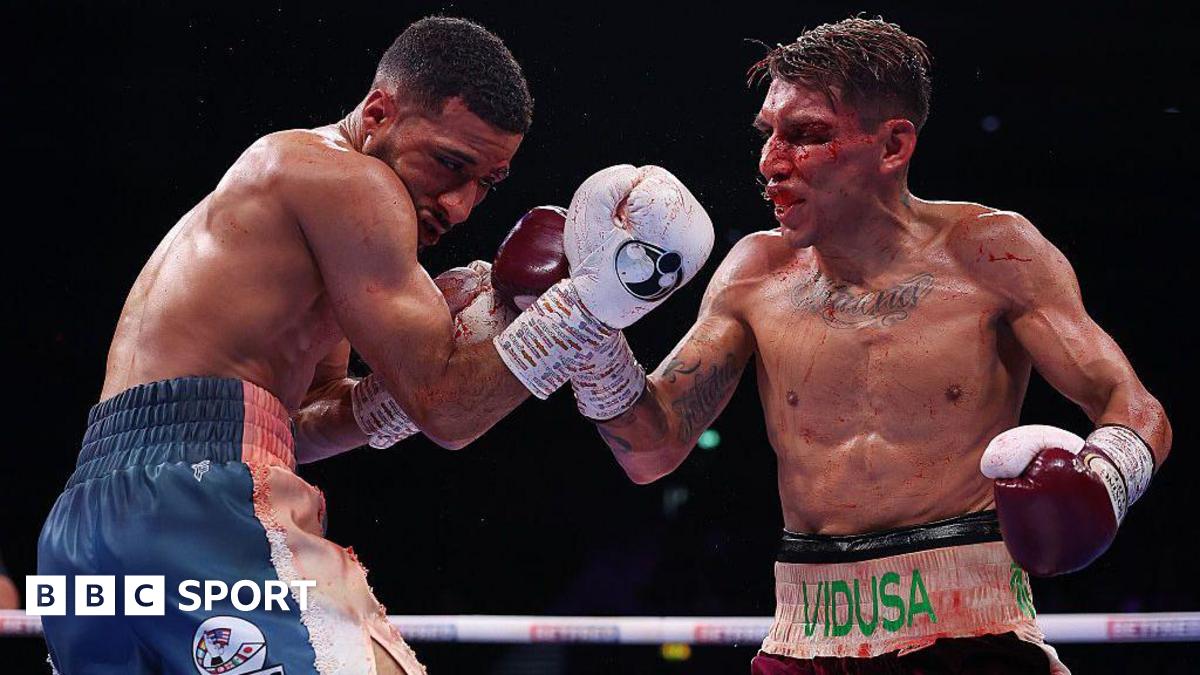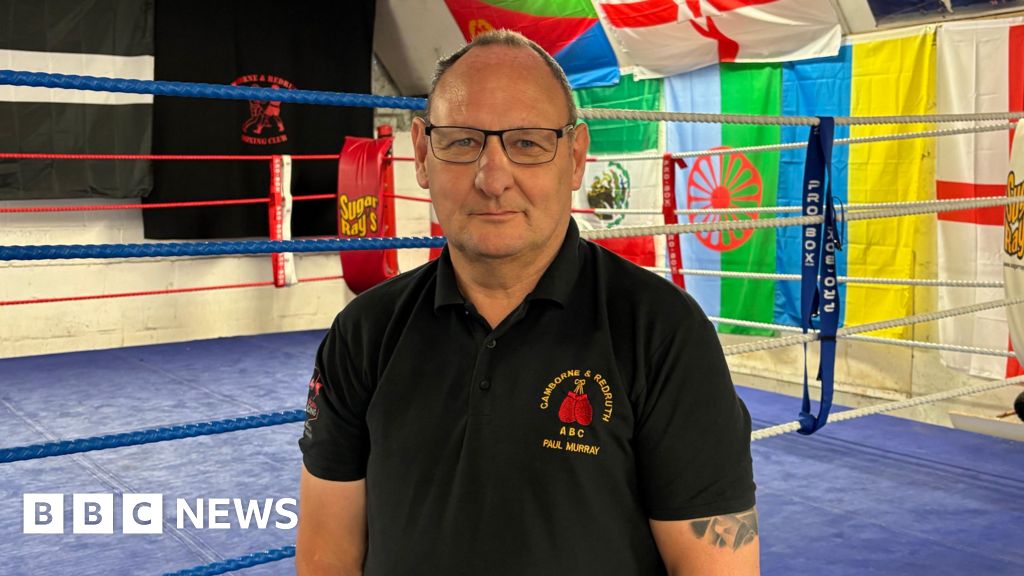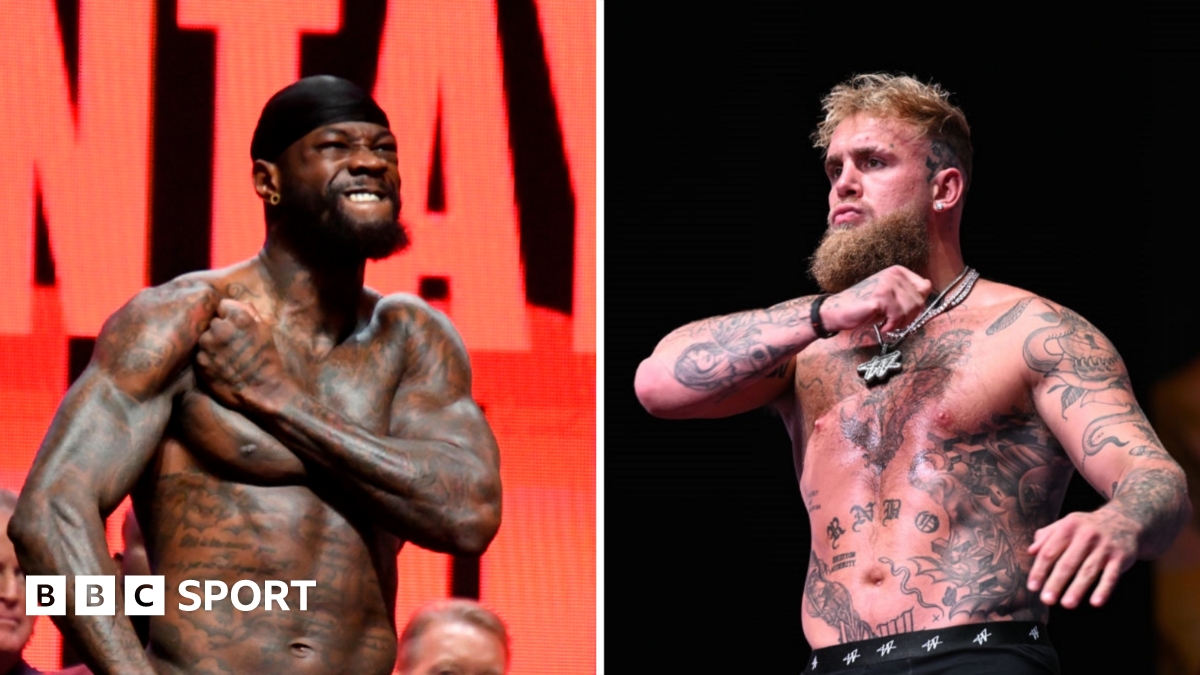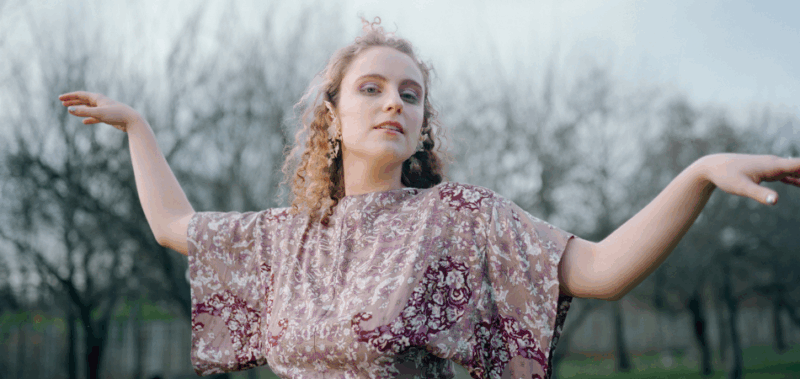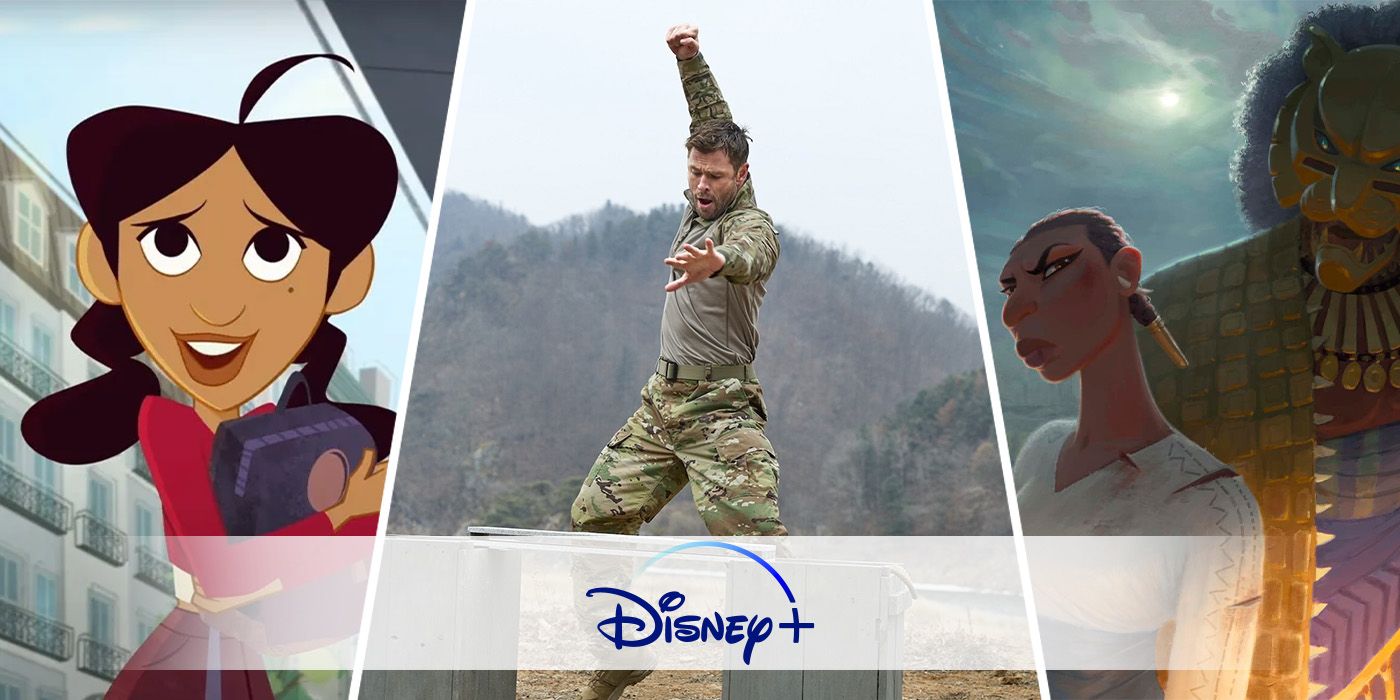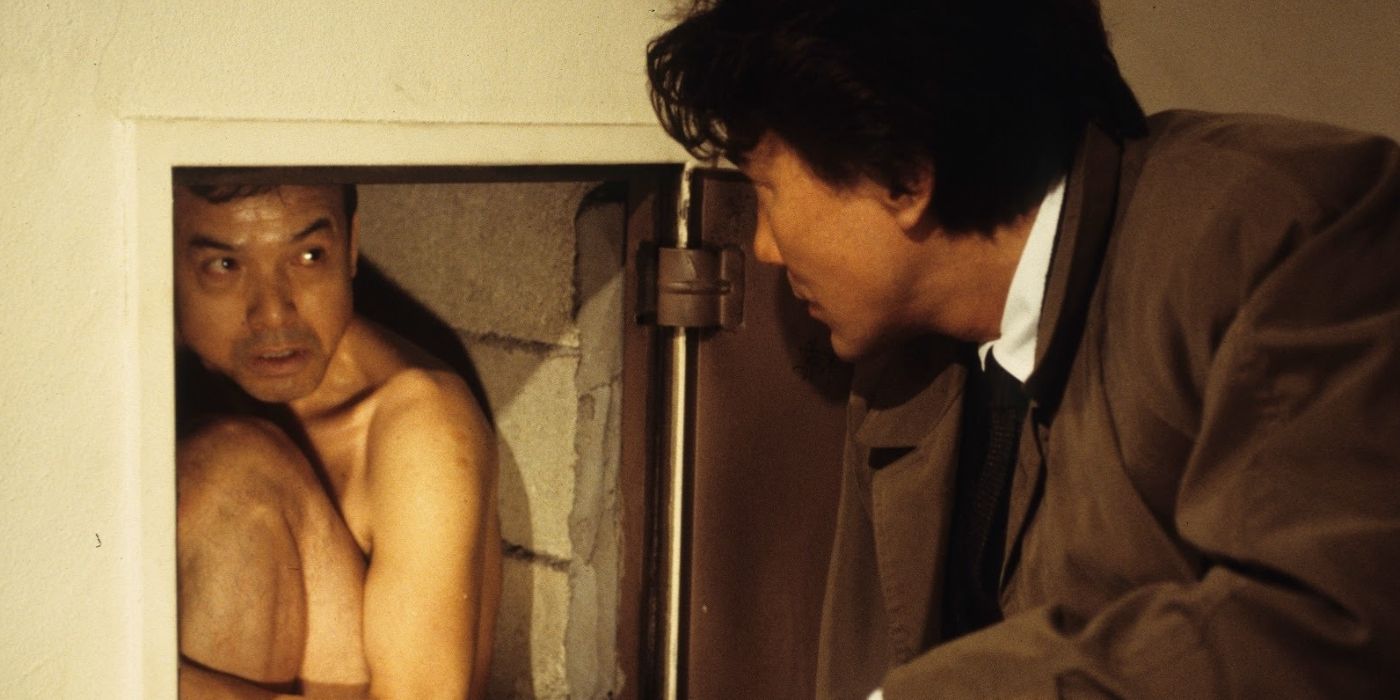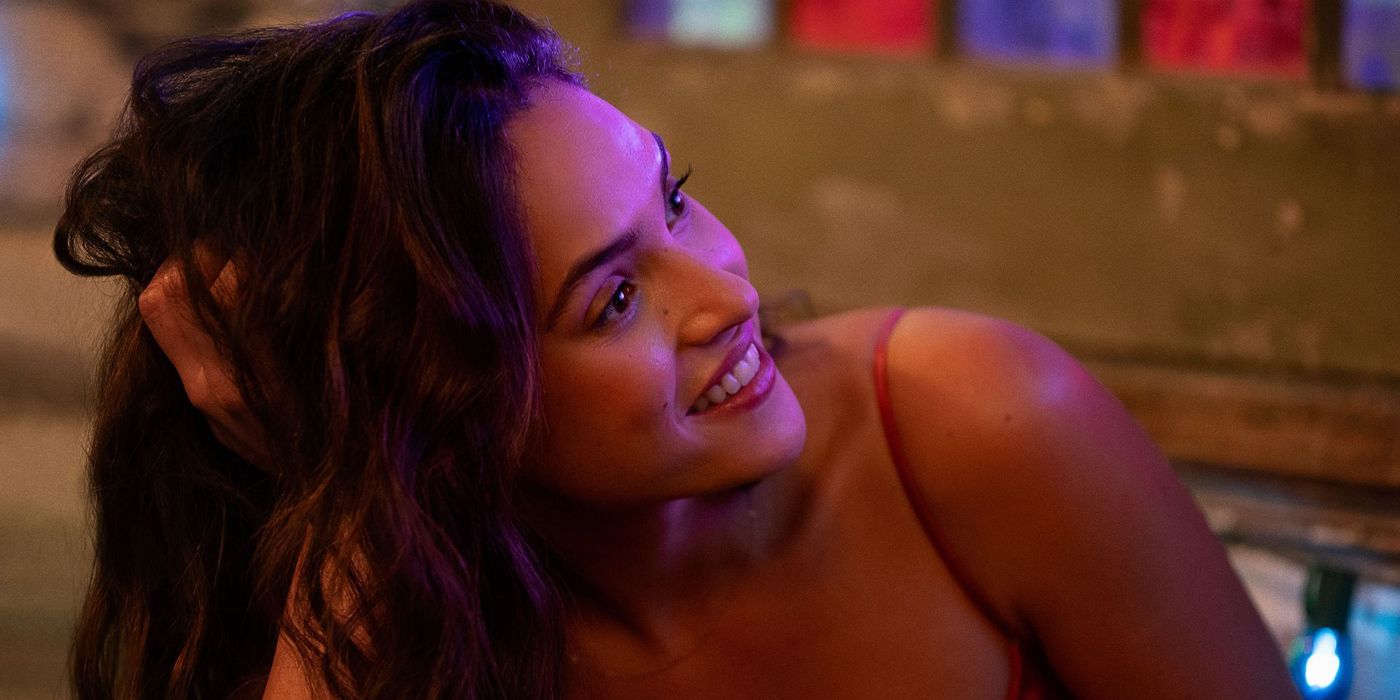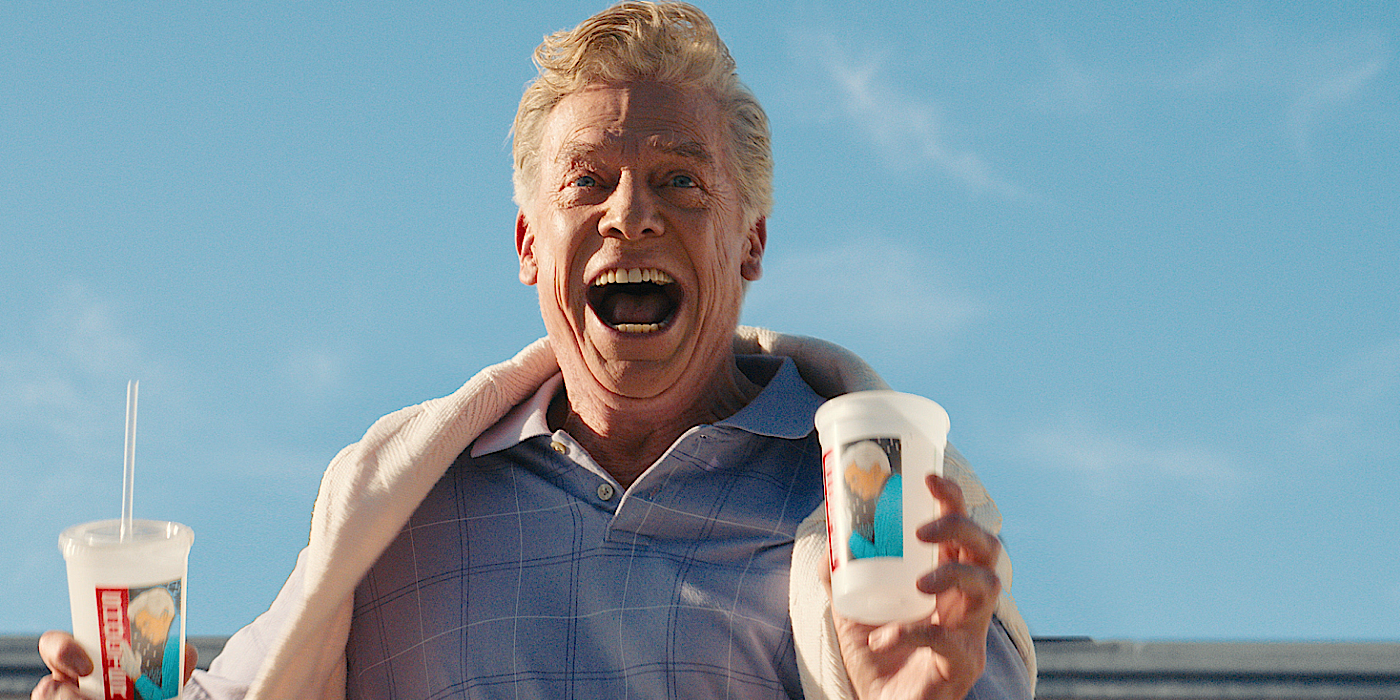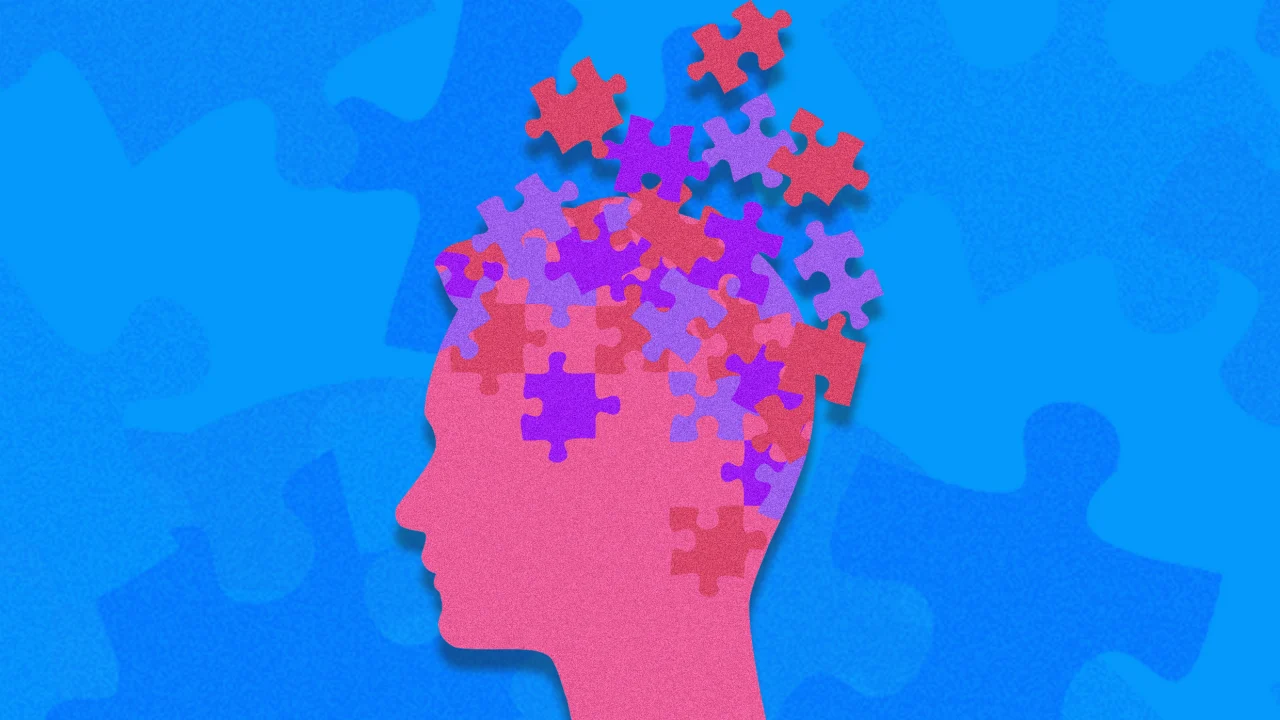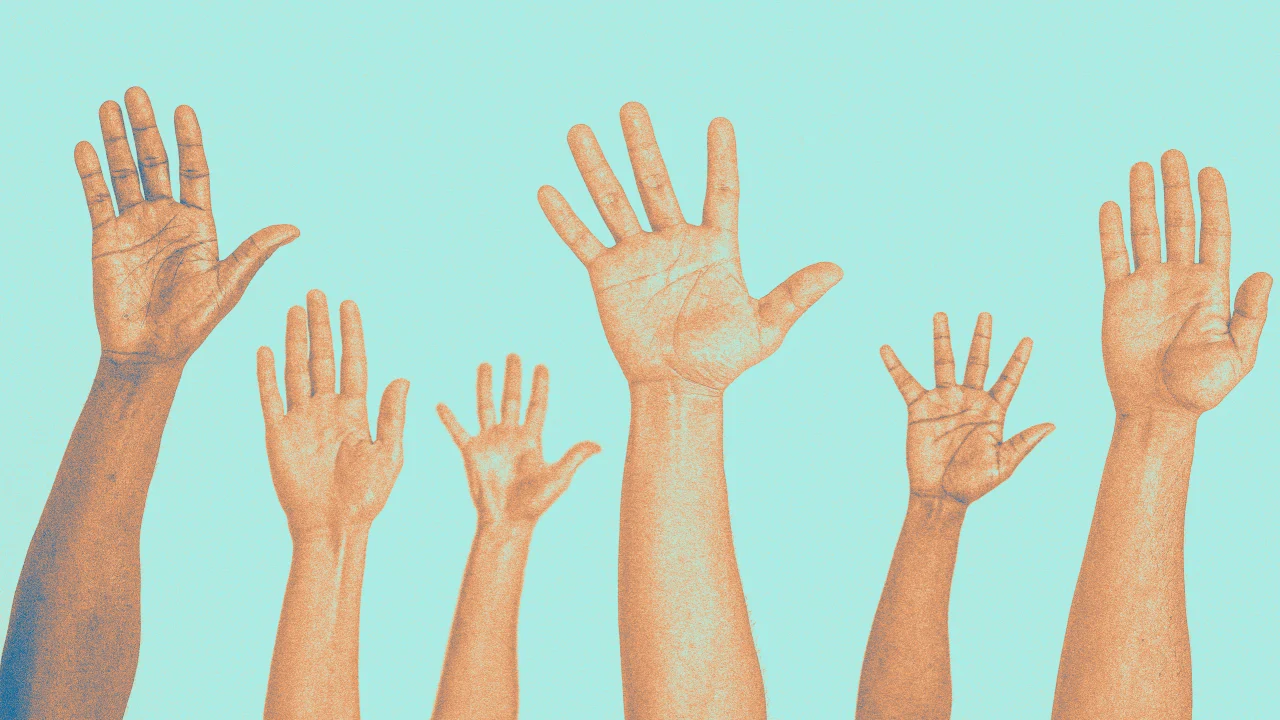Diversity in fashion vastly improved in the last 15 years. AI models will set it back

The notoriously unrealistic beauty standards for women are about to get even less realistic.
The star of a new ad for Guess in the latest issue of Vogue is a willowy, AI-generated model, whose synthetic status is only called out in a a fine-print caveat. Now that AI has hit the ads of fashion’s bible, it seems only a matter of time before similarly unrealistic models proliferate throughout its editorial pages—maybe even the cover.
AI-powered marketing agency Seraphinne Vallora is behind the design of Guess’s corporeally challenged vixen. According to the BBC, the process for generating such a model involves five AI-specialist employees, takes about a month to complete, and costs up to somewhere in the “low six figures.” The result is a glossy, golden-tressed Aphrodite; an Animorph at the precise midpoint between Kate Upton and Margot Robbie, strapped into a striped maxi dress. What might be more striking than who she looks like, though, is who she doesn’t look like—and why.
Beyond a six-figure price tag, offering no real savings from a typical photo shoot that employs real photographers, hairstylists, and makeup artists, it also threatens to further unravel the progress the fashion world has made in diversity over the past 15 years.
How fashion got less homogenous
If the Greek chorus of Dove’s Real Beauty ads didn’t spell it out clearly enough, racial and body diversity made huge strides in fashion throughout the 2010s. In a decade-ending retrospective from late-2019, Vogue traced the turning of the tide back to Michelle Obama. The former First Lady championed diverse American design talent, while global fashion houses clamored to outfit her. As the Vogue piece puts it, “An arbiter of style in Washington and beyond . . . Michelle Obama’s presence in the fashion world became a part of her image and American history.”
Around the same time, models like Jourdan Dunn and Chanel Iman started to speak openly about the indignity of being the “only” Black model at fashion shows. Bethann Hardison, a pioneering Black model, went a step further. After noticing the pitiful diversity on display at New York Fashion Week in 2013, she sent an open letter to each of the major fashion design councils in New York, London, Paris, and Milan, calling out the abundance of houses featuring only one Black model or none at all. Although many of the letter’s recipients responded without much enthusiasm to the suggestion, a change came anyway in the years ahead.
The back half of the decade was full of diversity wins in fashion. A 2017 report from The Fashion Spot assessed 241 shows at that year’s New York Fashion Week, and found 27.9% of the models were minorities. That figure represents a near doubling from the 15.3% the publication found in its first report two years earlier. At the same time in 2017, semiretired pop star Rihanna introduced her forcefully inclusive Fenty Beauty brand and its lingerie line, Savage x Fenty, offering a high-profile showcase for models of all races, sizes, abilities, and gender expressions—including trans and nonbinary models. The brand’s enormous success seemed to confirm that this approach was perhaps something worth emulating.
By January 2020, Ashley Graham had become Vogue’s first plus-size cover model, while body positivity advocate Lizzo followed suit that September. Considering how quickly Vogue ended up repeating its milestone cover move, though, it might come as a surprise that the magazine hasn’t had another plus-size cover model in the five years since.
Goodbye body diversity, hello Ozempic
Lizzo’s appearance on the Vogue cover in fall 2020 reflects the social justice reckoning that followed George Floyd’s murder at the hands of police that summer. (The cover copy hovering near the knee-line of her dazzling red dress reads: “Lizzo on hope, justice, and the election.”) In retrospect, that cover appears to be a product of its moment—a moment that quickly faded.
In December 2023, Vogue Business described the preceding 12 months as “the year fashion backtracked on diversity,” citing post-pandemic macroeconomic challenges, a brewing backlash to DEI, and a handful of major fashion brands such as Alexander McQueen and Gucci choosing white men as their new creative directors. (Indeed, it was the uncontroversial nature of those hiring decisions that seemed to signal a return to the old ways.) DEI backlash has since been felt everywhere in the business world, including the fashion industry. As a Forbes reporter wrote of New York Fashion Week in fall 2023, “Black designers made up approximately 15% of the week’s calendar, and the stereotype of the thin, white model prevailed on many of the runways.”
Meanwhile, the emergence of Ozempic may have quelled the appetite for plus-size fashion inclusivity that had been building throughout the 2010s. The earlier drumbeat of body positivity has now been replaced by a conga line celebrating sudden, miraculous weight loss. With the increasing visibility of GLP-1 meds and their effects, self-acceptance no longer seems culturally aspirational; instead, looking like your most chiseled possible self once again does.
Of the 8,703 looks shown during fashion week this past spring, 0.3 % per cent were plus-size, dropping from an already low 0.8% the previous season. Body diversity may have peaked in fall 2022 at 2.34%, two months before the New York Post surveyed the fashion industry and the broader landscape of prominent female bodies and concluded in a headline: “Bye-bye booty: Heroin chic is back.”
Now, fashion’s retrenchment is coinciding with the proliferation of increasingly sophisticated AI image-generation tools.
Deep learning models vs. supermodels
Although the first digital supermodel, a Black woman named Shudu Gram, was created in 2017, the age of the AI model only began recently. Fast-fashion retail giant Mango launched its first advertising campaign featuring purely AI-generated models last summer, while H&M started developing “digital twins” of models like Mathilda Gvarliani this past March. “Proponents say the growing use of AI in fashion modeling showcases diversity in all shapes and sizes,” Associated Press reported in 2024, “allowing consumers to make more tailored purchase decisions that in turn reduces fashion waste from product returns.”
That sunny projection does not seem to line up, however, with the reality of the process that birthed the new Guess ad. According to the BBC article, Seraphinne Vallora created 10 draft models for Guess cofounder Paul Marciano to choose from, with Marciano selecting one brunette and one blonde, which the agency further refined. That description makes it seem as though the agency isn’t intentionally perpetuating the stereotype of models as unattainably fit, white goddesses, but rather that this is simply how that particular iteration shook out. The agency’s Instagram, however, is a talent pool teeming with similar models.
Asked by the BBC about its social media homogeny, the owners threw their Instagram followers under the bus. “We’ve posted AI images of women with different skin tones, but people do not respond to them,” cofounder Valentina Gonzales told the outlet, “we don’t get any traction or likes.”
Incredibly, the agency seems more willing to suggest that its fans are low-key racist than it is to admit that Seraphinne Vallora’s tech might be bad at generating AI approximations of women of color. But that’s the excuse the founders use to explain the lack of body diversity more broadly, claiming they have not yet experimented with creating plus-size models because “the technology is not advanced enough for that.”
This line offers a blueprint for other companies exploring the AI fashion model space in the near future. It’s a cop-out explanation that absolves anyone on the agency side or client side of intentionally dialing back diversity in fashion to pre-2010 levels. Either group can now just say that they’d love to feature people of color or plus-size models in a campaign, but sadly their hands are tied. With DEI now thoroughly demonized, the chances of anyone in either company flagging it as a problem are considerably smaller than an AI model’s waist size.
What's Your Reaction?
 Like
0
Like
0
 Dislike
0
Dislike
0
 Love
0
Love
0
 Funny
0
Funny
0
 Angry
0
Angry
0
 Sad
0
Sad
0
 Wow
0
Wow
0





